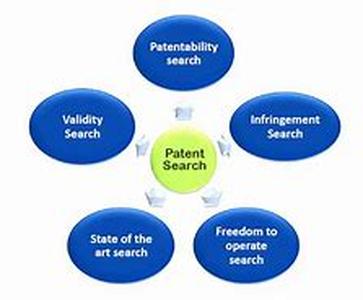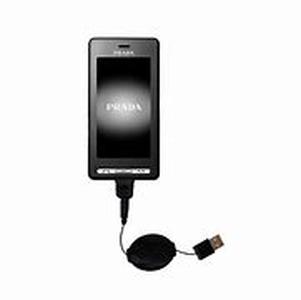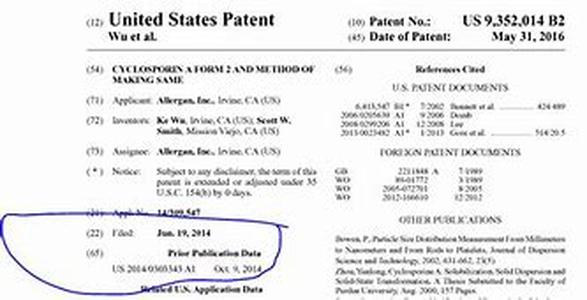
KWD: 12465 2.58Patent SearchesPatent Searches Is When The Inventor Conducts A Search To Determine If The Proposed Invention Meets The Requirements Of Patentability. An Invention Can Be Considered As "new" If It Has Not Been Shown Or Described To The Public (whether In A Publication, By Exhibition Or Verbally) World-wide Before Filing A Patent Application. The Patent Searches Often Begins With The Electronic Patent Searches Office Database Records Of Prior Patents And Publications. The Patent Searches And Evaluation Generally Consist Of An In-depth Investigation Into The Technical Field Involved, Including Study Of The Closest Prior Patents And References And A Comparison With The Invention To Identify Differences. Patent Searches Are Important Because According To The Law, Only The Inventor May Apply For A Patent, With Certain Exceptions. If A Person Who Is Not The Inventor Should Apply For A Patent, The Patent, If It Were Obtained, Would Be Invalid. The Person Applying In Such A Case Who Falsely States That Heshe Is The Inventor Would Also Be Subject To Criminal Penalties. Patent Searches Is Important To Prevent Shelling Out Thousands Of Dollars In A Patent Application. This Allows The Inventor To Save Money If The Invention Has Already Been Disclosed. Patent Counsels Are Tasked With Reviewing Prior Patents, Printed Publications, Journals Or Other Technical Articles And Compare Them With The Proposed Invention. In The Case Of Prior Patents, The Claims Of The Patent Will Define The Scope Of The Invention. From This Examination, An Opinion Letter Is Drafted, Identifying The References Similar To The Proposed Invention. The Patent Opinion Explains What Is Shown By Each Reference And Distinguishes Those References From The Proposed Invention. And Finally, The Patent Opinion Discloses The Likelihood That A Patent Will Be Granted On The Proposed Invention.Inventors May Conduct Their Own Patent Searches Or Retain Experienced Patent Counsel To Perform Patent Searches And Opinion For Them. In Some Instances, Certain Elements Of The Proposed Invention (embodiments), But Not All, Will Be Patentable. A Prior Patent Searches And Opinion Allows The Inventor To Identify The Patentable Elements And File A Patent Application Which Avoids The Prior Art. This May Limit The Need To Amend The Application, Reducing The Total Cost Of Obtaining A Patent And Results In A Stronger Patent.The Most Important Place To Start The Patent Searches Is At U.S. Patent Office Database Http:www.uspto.govpatftindex.html. The Patent Searches Database Only Contains "keyword" Searchable Patent Data From 1975 Forward. In The Case Of Articles Of Manufacture It Is Particularly Important That A Manual Search Through The Classes And Sub-classes Is Conducted On The U.S. Database. Moreover, Public Disclosure Or Public Use Of The Invention, Even Without Patenting, Renders It Unpatentable. Accordingly, A Search Of Public Databases, Publications And Journals Is Also An Important Step To Assure The Patentability Of The Invention.





